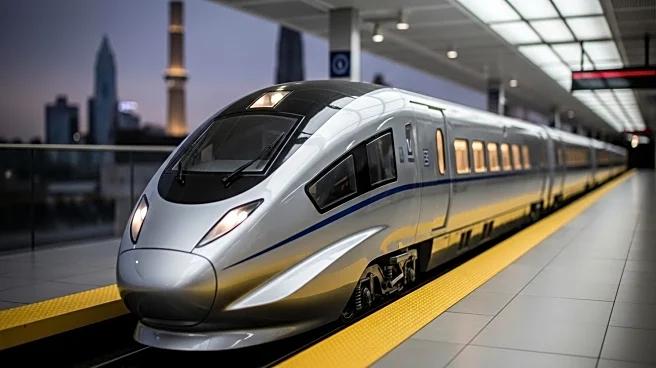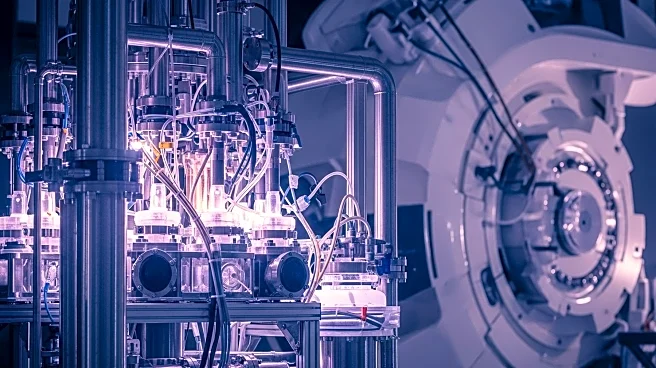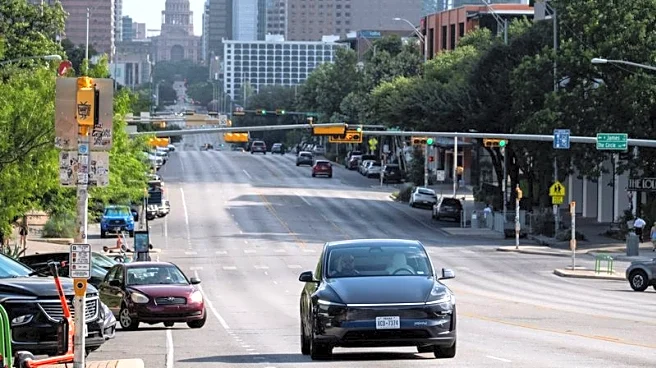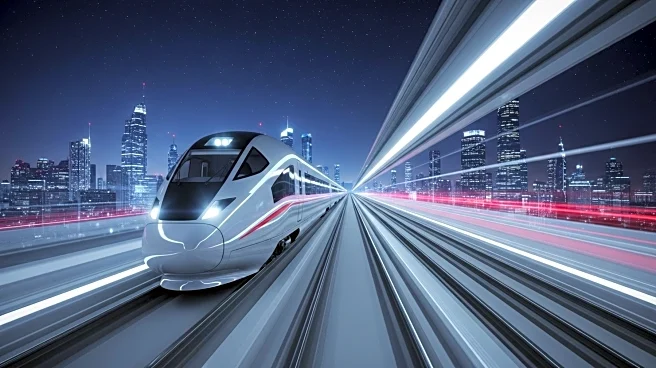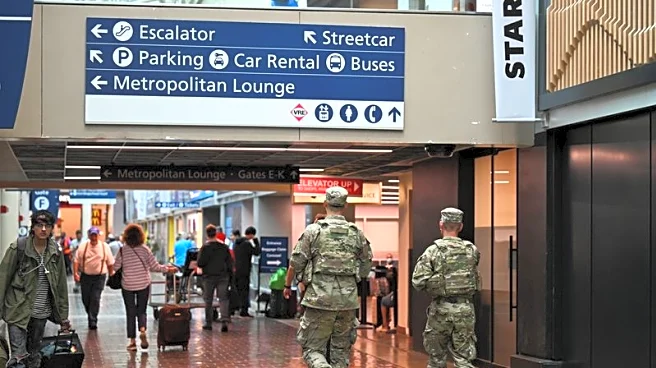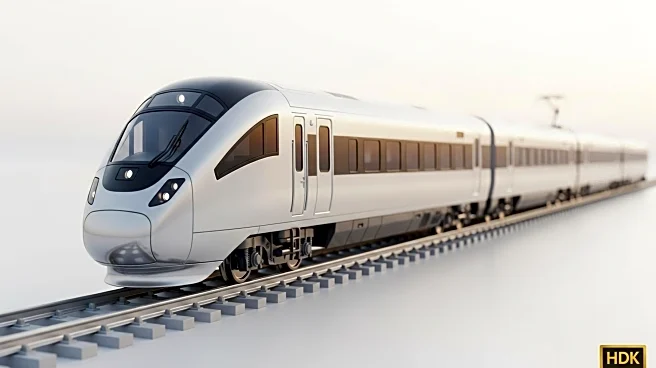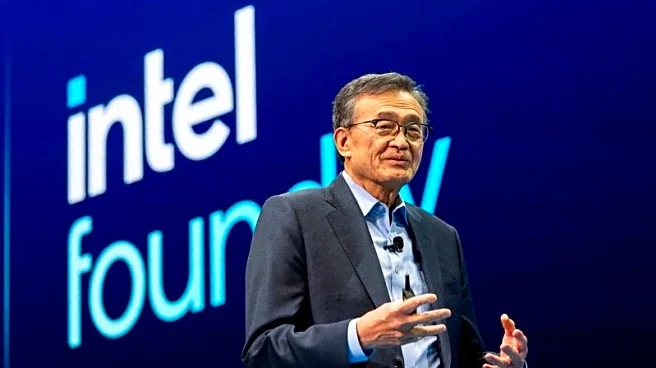What's Happening?
Amtrak has introduced its NextGen Acela trains, set to operate on the Northeast Corridor between Boston and Washington, D.C. These trains can reach speeds of up to 160 miles per hour, 10 miles per hour faster than the current fleet, and offer 27% more seating capacity. The unveiling follows years of development and technical delays, with the trains manufactured by Alstom in Hornell, N.Y. Despite limitations due to aging infrastructure, the new trains represent a significant investment in Amtrak's rolling stock, aiming to improve passenger experience and revenue.
Why It's Important?
The upgrade of Acela trains is a crucial development for U.S. rail travel, potentially enhancing the efficiency and appeal of train travel in the Northeast Corridor. This move could lead to increased ridership and revenue for Amtrak, supporting economic growth and providing a more competitive alternative to air travel. The investment in high-speed rail technology also reflects ongoing efforts to modernize U.S. transportation infrastructure.
What's Next?
Amtrak plans to continue rolling out the NextGen Acela trains, with further improvements to infrastructure anticipated. The Department of Transportation's involvement in managing key stations like Union Station and Penn Station suggests ongoing efforts to enhance rail travel efficiency and safety. Stakeholders will likely focus on addressing infrastructure challenges to fully realize the potential of high-speed rail in the U.S.
Beyond the Headlines
The introduction of faster trains highlights the broader challenges and opportunities in U.S. rail infrastructure development. It underscores the need for continued investment and innovation to compete with international high-speed rail systems, potentially influencing future transportation policies and funding priorities.
